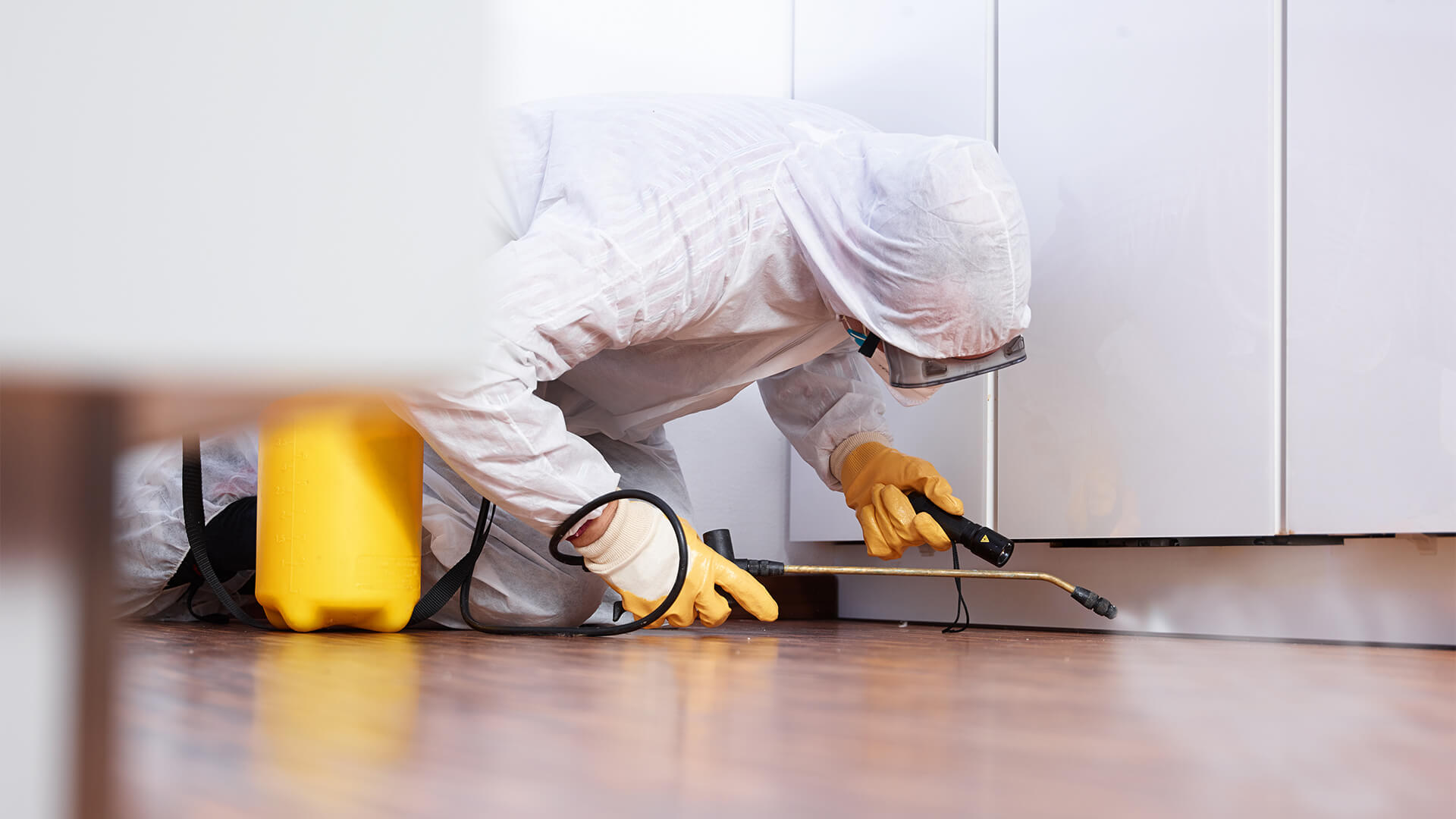Bed Pest Therapy Failure: Contrasting Chemical Vs. Non-Chemical Solutions
In the realm of pest control, especially when dealing with the relentless concern of bed insects, the option between chemical and non-chemical therapy solutions can be a pivotal one. Both approaches offer distinctive advantages and downsides, influencing variables such as performance, safety and security considerations, and overall expense. By checking out the nuanced information of each technique, a clearer understanding of which path to go after in addressing a bed pest invasion can be obtained.
Performance of Chemical Therapies
Chemical treatments for bed insect problems have been widely identified for their powerful and fast efficacy in eradicating these parasites. When thinking about the effectiveness of chemical therapies, it is crucial to recognize that they can supply a detailed and quick service to a bed pest issue.
Moreover, chemical treatments have the advantage of providing recurring results, suggesting that they can remain to get rid of bed pests even after the first application. This residual action is particularly advantageous in combating any prospective re-infestations. Furthermore, the fast action of chemical therapies can bring relief to people encountering extreme bed pest problems, permitting them to restore control of their space quickly.
Safety And Security Worry About Chemical Solutions
One vital facet that requires cautious consideration when utilizing chemical remedies for bed bug treatment is guaranteeing the security of owners and the environment. Direct exposure to specific chemicals utilized in bed insect therapies can lead to respiratory system problems, skin irritation, or various other damaging reactions, especially in people with pre-existing problems or level of sensitivities.
Furthermore, the environmental influence of chemical options is an additional considerable factor to consider. Some pesticides made use of in bed insect treatments may be damaging to helpful pests, wild animals, and environments if they leach into the dirt or water systems. It is necessary to make use of chemical therapies sensibly, following safety standards, and taking into consideration much less poisonous options to mitigate these dangers and make sure the risk-free and reliable management of bed insect invasions.
Benefits of Non-Chemical Techniques
Taking into consideration the possible safety and security issues and ecological influence connected with chemical services for bed pest treatment, exploring non-chemical strategies presents an encouraging option with a number of distinct benefits. Non-chemical techniques use a safer option for households, especially those with pet dogs, youngsters, or individuals conscious rough chemicals. These approaches remove the risks of exposure to toxic materials, decreasing the potential for adverse health and wellness impacts. Furthermore, non-chemical treatments are eco-friendly, as they do not add to air or water pollution, making them a sustainable choice for parasite control.
Additionally, non-chemical options can be efficient in targeting bed pests, including hard-to-reach locations where chemical therapies might not permeate - A1 charlotte bed bug exterminator. Techniques such as heat treatment, vacuuming, vapor cleaning, and cushion encasements provide thorough obliteration without the use of harmful chemicals.
Limitations of Non-Chemical Treatments

Additionally, non-chemical therapies usually need multiple applications to attain successful eradication. This can be taxing and might not constantly ensure full removal of all bed insects and their eggs, particularly in hidden or hard-to-reach locations.
Furthermore, the success of non-chemical treatments greatly relies on proper execution and thoroughness, which can be testing for individuals without expert proficiency. Inadequate application of non-chemical approaches may result in insufficient elimination, leading to persistent invasions and the requirement for additional therapies.
As a result, while non-chemical therapies have their benefits, it is important to acknowledge these constraints and consider them when identifying the most effective strategy for handling bed insect invasions.
Price Contrast: Chemical Vs. Non-Chemical Options
Offered the limitations connected with non-chemical treatments, a vital aspect to examine in the context of bed insect management is the expense contrast in between chemical and non-chemical choices. In contrast, non-chemical treatments like heat treatment or vapor can be more costly, with expenses varying from $1,000 to $6,000 for a whole home. While the preliminary price of chemical treatments might appear reduced, several treatments might be required to fully eliminate the problem, possibly enhancing the general price.
Final Thought

Considering the potential safety concerns and environmental influence connected with chemical remedies for bed pest therapy, exploring non-chemical techniques provides an appealing choice with several distinct advantages.Provided the restrictions linked with non-chemical therapies, a crucial aspect to evaluate in the context of bed bug monitoring is the price contrast in between chemical and non-chemical options. In contrast, non-chemical therapies like heat therapy or steam can be a lot more expensive, with expenses varying from $1,000 to $6,000 for a whole home. While the preliminary cost of chemical therapies might seem reduced, numerous therapies may be required to totally eliminate the problem, possibly enhancing the total cost.In verdict, when contrasting chemical and non-chemical bed A1 exterminator charlotte nc insect treatment options, it is important to consider effectiveness, safety and security, benefits, constraints, and cost.